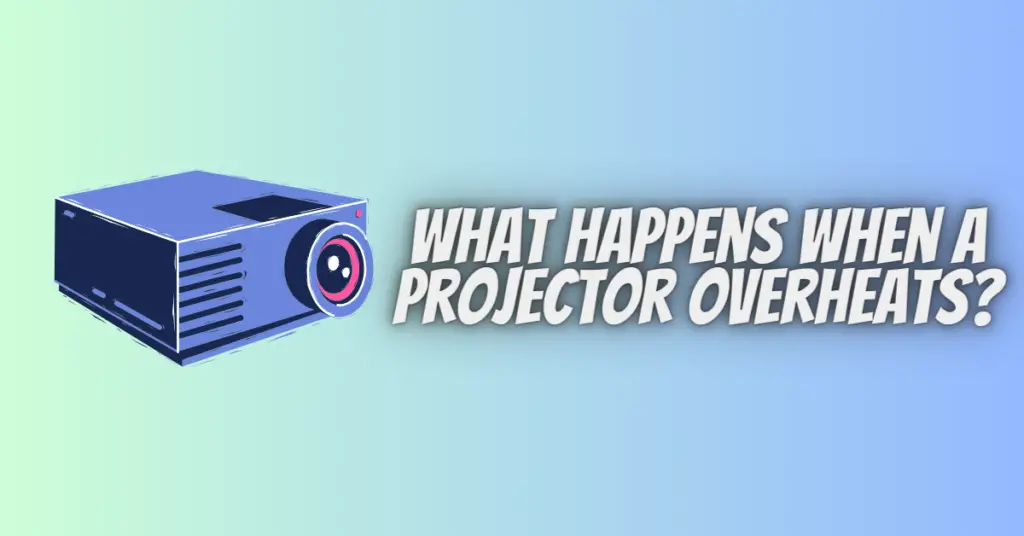Projectors have become integral tools in various settings, from classrooms and boardrooms to home theaters, providing captivating visual experiences. However, like all electronic devices, projectors are susceptible to overheating, which can lead to several issues. In this article, we will explore what happens when a projector overheats, the underlying causes, the effects on its performance, and practical solutions to prevent overheating-related problems.
What Happens When a Projector Overheats?
- Reduced Brightness: Overheating can cause the projector lamp to dim, leading to a noticeable reduction in brightness. This diminishes the clarity and visibility of the projected images and videos.
- Color Distortion: Overheating can affect the color accuracy of the projected content, leading to distortions. Colors may appear washed out or inaccurate, impacting the quality of visuals.
- Fan Noise: To dissipate excess heat, projectors utilize internal cooling fans. When overheating occurs, these fans often run at higher speeds, creating more noise. The increased fan noise can be distracting during presentations or movie screenings.
- Automatic Shutdown: Many projectors are equipped with thermal sensors that trigger an automatic shutdown when the internal temperature becomes too high. While this is a safety feature to prevent severe damage, it interrupts the projection and can be inconvenient during important events.
- Reduced Lamp Life: Overheating significantly shortens the lifespan of the projector lamp. Projector lamps are expensive to replace, and premature failure due to overheating can lead to frequent and costly replacements.
Causes of Projector Overheating:
- Poor Ventilation: Inadequate airflow around the projector hinders proper cooling. Placing the projector in a confined space, on a soft surface, or against a wall can obstruct ventilation and cause overheating.
- Clogged Air Filters: Projectors have filters to prevent dust and debris from entering the internal components. If these filters become clogged, airflow is restricted, leading to overheating.
- High Ambient Temperature: Using the projector in environments with high ambient temperatures, especially without air conditioning, can cause it to overheat more quickly.
- Continuous Usage: Prolonged operation without breaks prevents the projector from cooling down, increasing the risk of overheating, especially in models designed for intermittent use.
Solutions to Prevent Projector Overheating:
- Proper Ventilation: Place the projector in a well-ventilated area with space around it to allow unrestricted airflow. Avoid obstructing ventilation openings.
- Regular Cleaning: Clean or replace the projector’s air filters as per the manufacturer’s guidelines to maintain proper airflow and prevent dust buildup.
- Monitor Room Temperature: Maintain a comfortable room temperature, especially if the projector is used in warmer environments. Consider using fans or air conditioning as needed.
- Scheduled Breaks: Allow the projector to cool down between sessions, following the manufacturer’s recommended usage guidelines. Avoid continuous, extended usage without breaks.
- Check Lamp Hours: Keep track of the projector lamp’s usage hours. Replace the lamp as recommended by the manufacturer to ensure optimal performance and prevent overheating.
Conclusion
Understanding the consequences of projector overheating is crucial for preserving the device’s longevity and ensuring seamless performance. By following proper ventilation practices, regular cleaning, monitoring room temperature, taking scheduled breaks, and keeping track of lamp hours, users can prevent overheating-related problems. Proactive maintenance not only safeguards the projector but also ensures vibrant, uninterrupted visual experiences for various applications.


